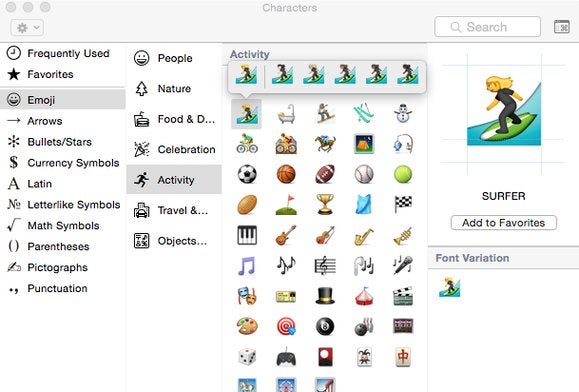

My only goal here is to translate programmer-speak into that which can be understood by us mere mortals. Now, everything I have to show from this point forward is other people’s work – I take no credit for designing or writing these amazing tools and scripts. Thus, for the sake of time and accuracy, let’s let the computer handle these issues. In fact, one of the distinctions here is subtle even if your data-set is tiny, spotting the difference between the IPA symbol for length : and the colon : is not easy. As we see here, each of related these words for the lexeme ‘SHEEP’ is written with its own transcription conventions.ĭespite the fact that the form in Maasina is phonetically identical to that of Pulaar, the orthography might mask the similarities due to the transcription conventions. Often, I review other speakers’ transcriptions. I have been doing some translation of Fula varieties in my spare time and have been curious to know if they all have the same types of consonant mutation. Lets take just a few words as an example to start out.
#INPUT IPA CHARACTERS IN WORD FOR MAC CODE#
However, thanks to the authors of The Unicode Cookbook and code therein, if we at least know what sound the linguist heard, (as in the Africanist tradition of using y for ), then a simple script is all it takes to quickly and efficiently change each of the characters in a file such as a lexical word-list into those with which linguists are more familiar (just as an aside, for those of you who store your data in FLEx, the simplest way to extract it into tabular format is to go to the lexicon view and literally copy and paste the entire sheet, filtered with the columns you want to show). Despite the existence of a perfectly reasonable international phonetic alphabet, linguists insist on using their own conventions to transcribe languages, often languages that no other person on earth has ever written, thus rendering the data more or less obsolete when it comes to attempting any sort of reconstruction. One of the most obvious obstacles to comparative/historical/typological linguistics is consistency in data representation. I have learned all this so quickly that I feel like Trinity downloading helicopter-flying instructions in the Matrix, and a huge part of that was thanks to the Eurasia3angle Mini-Bayesian School for Transeurasian Linguists allowing me to sit in on their tutorials, but in truth it has been a collaborative effort wherein literally almost every person in the Department of Linguistic and Cultural Evolution at the MPI here in Jena has contributed to making me feel and be part of their team through teaching and sharing. Articles written by current colleagues such as The Potential of Automatic Word Comparison for Historical Linguistics can teach you much better than I can the why and the how behind the complex methods, but maybe this brief tutorial can make the process seem a bit less intimidating!
#INPUT IPA CHARACTERS IN WORD FOR MAC HOW TO#
Given that I am fortunate enough to be standing shoulder to shoulder among these giants for a couple of months here at the Max-Planck-Institut für Menschheitsgeschichte, I wanted to attempt to act as translator to those of you whom may be interested how to speak the languages of R and Python, and then how to impart that knowledge into tree-drawing programs like Splits Tree, Densi Tree and the (in)famous BEAUTi and BEAST. In the age of big data, we have all been witness to the mind-bogglingly beautiful phyologentic trees presented by the equally big names in linguistics, and some of us got through the awe to consider how did they make them.


 0 kommentar(er)
0 kommentar(er)
